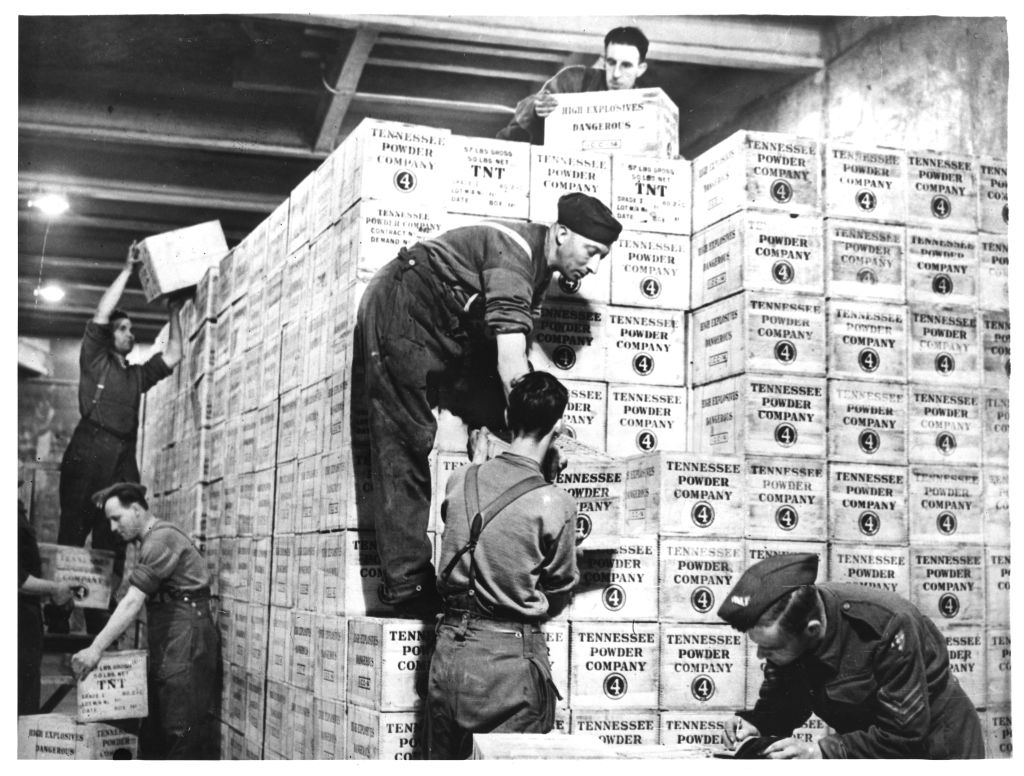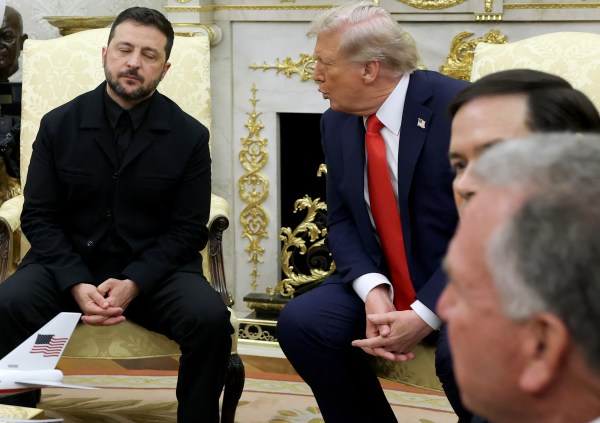On Wednesday Ukrainian President Volodymyr Zelensky made an impassioned plea to Congress and America to continue providing support in general—and military aid in particular—for his country’s defense against Russia’s invasion. Congress and the administration look ready to answer that plea to the tune of $45 billion in the latest omnibus bill.
Skeptics are quick to say that’s money America’s heavily indebted federal government can’t afford to spend. In fact, it’s money the U.S. can’t afford not to spend. America has a clear national interest in preventing a Russian victory in Ukraine, but keeping the young democracy armed also ensures that the American defense industrial base keeps our own military armed and ready.
The war in Ukraine has been a crucial stress test for our defense industrial base, which has been in the doldrums since the end of the Cold War. The war on terror made few demands on that base’s ability to manufacture conventional arms like tanks, artillery, and missiles. Enthusiasts (including myself) stressed the importance of investing in next-generation systems as the key to victory in future wars. That meant billions for new technologies like autonomous systems or drones, directed-energy weapons, hypersonics, and artificial intelligence.
Now the threat of a major conventional conflict with China over Taiwan—or a wider war between Russia and NATO—looms large. A revived defense manufacturing base supporting Ukraine will be critical for our own ability to defer antagonists and protect our interests elsewhere.
Something like this happened just before World War II, when the U.S. committed itself to supporting Great Britain against Nazi Germany with Lend-Lease and other programs. Allowing American firms to build planes, tanks, machine guns, and ships to keep Britain fighting created a productive defense industry almost from scratch, one that was ready to arm our military when Pearl Harbor came and we found ourselves in a two-front global war.
In Ukraine’s case, the scale of the support is beyond anything that our defense industry has had to face in decades. America has committed more than 104 million rounds of small-arms ammunition, at least 1 million rounds of 155-millimeter artillery shells, 8,500 Javelin anti-armor missiles, 46,000 other anti-tank weapons, more than 1,600 Stinger anti-aircraft missiles, and 1,200 Humvees, according to the Pentagon’s own count.
These are also the weapons that will be critical for our own defense in conventional conflicts.
A good example is the FIM-92 Stinger, the portable, shoulder-fired anti-aircraft missile that we’ve been sending to Ukraine, where Ukrainians have effectively downed Russian drones and helicopters.
Prior to Putin’s invasion, the Pentagon hadn’t planned to replenish its own stockpile of Stingers until the 2030s. Now, the weapon’s maker Raytheon is struggling to get the parts and workers it needs to satisfy surging demand. Raytheon’s chief executive told the New York Times, “we went through six years of Stingers in 10 months. It will take us multiple years to restock and replenish.” This means the Pentagon and Raytheon have to tackle the tough supply chain and logistics problems now, instead of when America has a full-blown conflict to deal with.
Raytheon also produces the Javelin missile jointly with Lockheed Martin. Usually the defense giants make 2,100 Javelins a year, but that’s only 25 percent of what the Ukrainians have used since war broke out in February. In September the Pentagon gave the companies a $311 million contract to ramp up production and fill their empty shelves.
It’s the same story down the munitions line—from guided multiple launch rocket systems and Hellfire missiles to ammunition plants in places like Scranton, Pennsylvania, and Kingsport, Tennessee, which are getting $678 million in preauthorization funds to ramp up production. BAE Systems was about to shut down its production line for M777 howitzers until the Pentagon called.
All in all the Pentagon has awarded $6 billion to military contractors to resupply these and other items sent to Ukraine—for the Ukrainians, of course, but eventually also for us.
All this reflects the realization that the government has to rebuild our industrial capacity for our military and create a defense production system more like the one we enjoyed in World War II and the Cold War, one that can either surge or stockpile things like munitions beyond immediate needs.
That’s why Congress moved this year to give the Defense Department more authority to make multi-year spending commitments for certain weapons systems and shipbuilding operations, and it’s why it created a new blue-ribbon commission to look over the entire system by which the Pentagon allocates the money Congress gives to support its services and operations and to recommend reforms.
The key is to absorb the lesson we learned in World War II: By arming allies to fight the wars we don’t have to, we also increase our own readiness to fight wars that inevitably come our way.






Please note that we at The Dispatch hold ourselves, our work, and our commenters to a higher standard than other places on the internet. We welcome comments that foster genuine debate or discussion—including comments critical of us or our work—but responses that include ad hominem attacks on fellow Dispatch members or are intended to stoke fear and anger may be moderated.
With your membership, you only have the ability to comment on The Morning Dispatch articles. Consider upgrading to join the conversation everywhere.